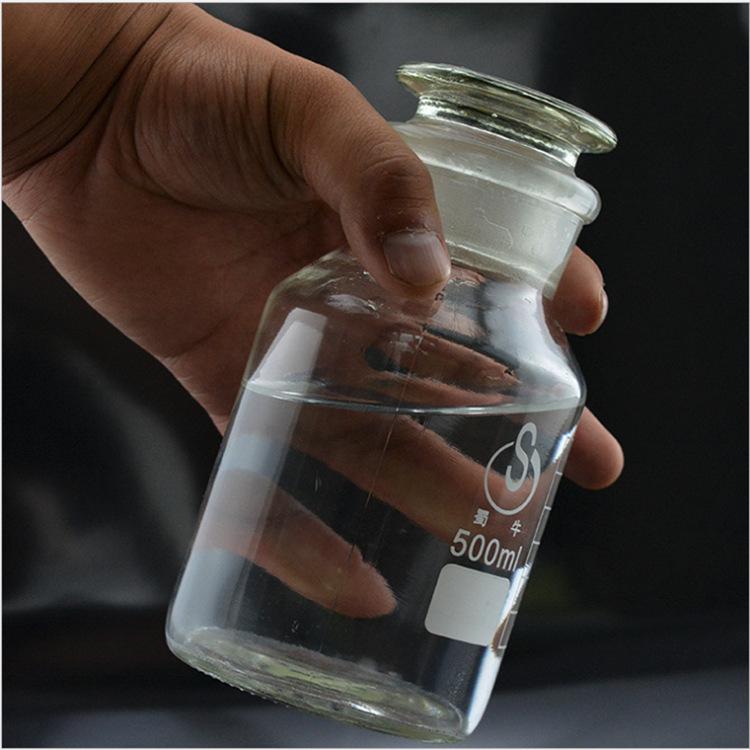
In the development history of the textile industry, textile silicone oil, like a silent hero, plays a crucial role in enhancing the quality of textiles and optimizing production efficiency with its unique properties and extensive applications. As a type of organosilicon additive specifically designed for textile processing, textile silicone oil demonstrates irreplaceable value in multiple links of the textile industry chain, thanks to the uniqueness of its molecular structure.
In terms of composition and structure, textile silicone oil is mainly based on polydimethylsiloxane and modified by introducing different functional groups. Common modified groups include amino groups, epoxy groups, polyether groups, etc. The introduction of these groups endows textile silicone oil with diverse properties. For example, amino-modified textile silicone oil can react with hydroxyl groups, carboxyl groups and other groups on the fiber surface, enhancing the bonding force with fibers; polyether-modified textile silicone oil improves the hydrophilicity and antistatic properties of the product, enabling it to better adapt to different textile process requirements.
During the textile processing, the mechanism of action of textile silicone oil is extremely ingenious. In the spinning process, it can be used as a smoothing agent to reduce the friction between fibers and between fibers and equipment, decrease the hairiness of yarns, and improve the quality of spun yarns and production efficiency. When fibers rub against each other at high speeds in the spinning machine, the lubricating film formed by textile silicone oil acts like a "protective suit" for the fibers, effectively preventing fiber damage and breakage, and making the yarns smoother and more uniform.
In the weaving process, textile silicone oil can improve the hand feel and style of fabrics. It can penetrate between fibers, making the fibers soft and fluffy, and endowing the fabric with a plump and smooth touch. Whether it is the soft and skin-friendly fabric for underwear or the stiff and stylish fabric for suits, textile silicone oil can precisely control the hand feel of the fabric to meet the tactile requirements of different consumers for clothing.
Textile silicone oil is also indispensable in the printing and dyeing process. As an antifoaming agent, it can quickly eliminate the foam in the dye liquor, avoiding problems such as uneven dyeing and color spots caused by residual foam, and ensuring that the printed and dyed products have uniform colors and clear patterns. At the same time, some special textile silicone oils can also be used as dyeing accelerators to improve the adsorption and fixation efficiency of dyes on fibers, reduce dye waste, and lower production costs.
In the post-finishing stage, textile silicone oil plays a core role. It can be used to prepare functional finishing agents such as softeners, water repellents, and antistatic agents. Fabrics softened with textile silicone oil significantly improve in softness, providing a more comfortable wearing experience. For water-repellent finished fabrics, a hydrophobic film forms on the surface, causing rainwater to roll off and effectively preventing water penetration. Antistatic finishing eliminates the static electricity generated by friction during the wearing and use of fabrics, avoiding embarrassing situations such as clothes attracting dust and clinging to the skin.
With the continuous increase in people's requirements for the quality and functionality of textiles, the research and development of textile silicone oil is also constantly innovating. New environmentally friendly textile silicone oils are gradually becoming the mainstream in the market. Such products not only have excellent performance but also comply with the development trend of green environmental protection, reducing potential harm to the environment and human health. In the future, textile silicone oil will develop towards multifunctionality and intelligence. Through the application of cutting-edge technologies such as nanotechnology and smart responsive materials, new textile silicone oil products with self-repairing and intelligent adjustment characteristics will be developed, injecting new vitality into the high-quality development of the textile industry.
